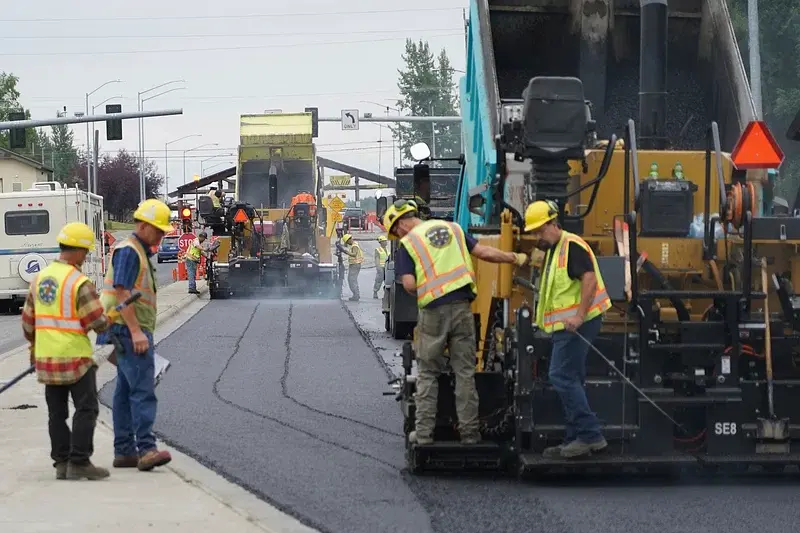School benchmarking assessments can help to provide equitable education standards and bridge the achievement gap. Using school level assessment to benchmark academic performance can provide students of all levels the opportunity for a well-balanced education that can lead to better results overall.
Here are just three ways that school benchmarking assessments have helped to bridge the gap in education.
Table of Contents
Benchmarking Assessments Help To Identify Achievement Disparities
There will always be achievement disparities among certain groups of students that need to be identified. Whether these disparities are caused by the socioeconomic status or the English language proficiency of the students, they need to be addressed quickly and adequately so that the students don’t fall behind in their learning.
By using school benchmarking assessments, it’s easy for educators to identify certain groups of students who may be falling behind or struggling to grasp the subjects that they are being taught.
This then allows educators to structure additional programs and provide extra resources to these students in order to raise their achievement levels.
Benchmarking Assessments Help To Monitor Progress And Set Effective Goals
With the aid of benchmarking assessments, educators are better able to monitor the progress of their students over any given period of time. This is especially the case when assessments are carried out at regular intervals throughout the school year.
This monitoring allows educators to track each individual student’s results and helps them to set specific goals for improvement. Ultimately, this ensures that students are continuously supported throughout their school year.
As a bonus, by looking at the benchmarking assessment results, educators can also identify programs and practices that are producing great results and emulate these in other areas of their teaching program.
Benchmarking Assessments Help To Inform Instructional Decision-Making
As a whole, benchmarking assessments provide valuable data that can inform instructional decision-making both in the classroom and at a general school level.
This allows educators to identify areas that need better methods of teaching so that students are better able to learn in areas that they might be finding difficult.
Individual teachers can use this information to restructure their lesson plans in order to provide more successful ways to help their students understand what is being taught in the classroom.
Additionally, school administrators will have sufficient data to evaluate the school’s current curriculum and to make any necessary changes in order to provide a better learning environment for their students.
In Summary
There’s no question that school benchmarking assessments have been valuable in bridging the achievement gap for students at all levels.
These benchmarking assessments provide valuable data for both educators and school administrators. They allow educators to monitor the progress of each individual student and restructure their methods in order to achieve better results.
Additionally, it’s easy for educators to identify areas where certain groups of students are struggling and work on ways to improve how these areas are taught.
Finally, the data gained from benchmarking assessments allows school administrators to evaluate the school’s overall curriculum and look for areas of improvement.
























































































































































































































































































































































































































































































































































































































































































































































































































































































































































































































































































































































































0